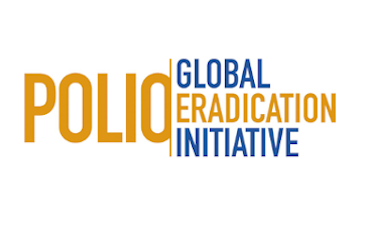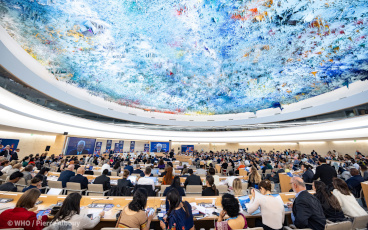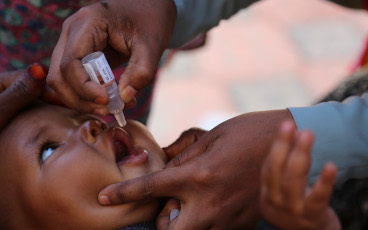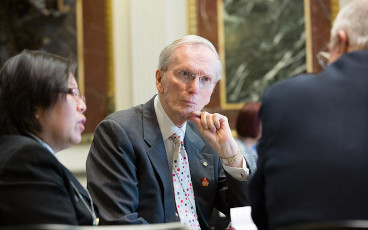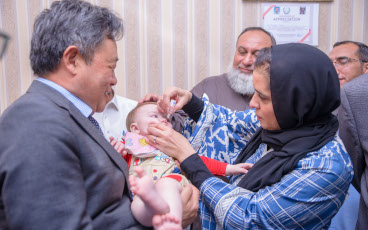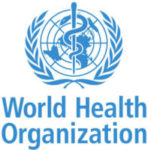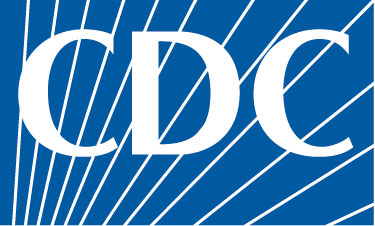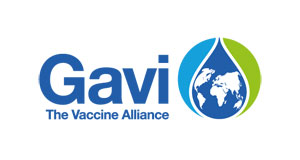5 reasons why polio can be eradicated
What drives our conviction? Have a read…
Reposted with permission from Rotary International
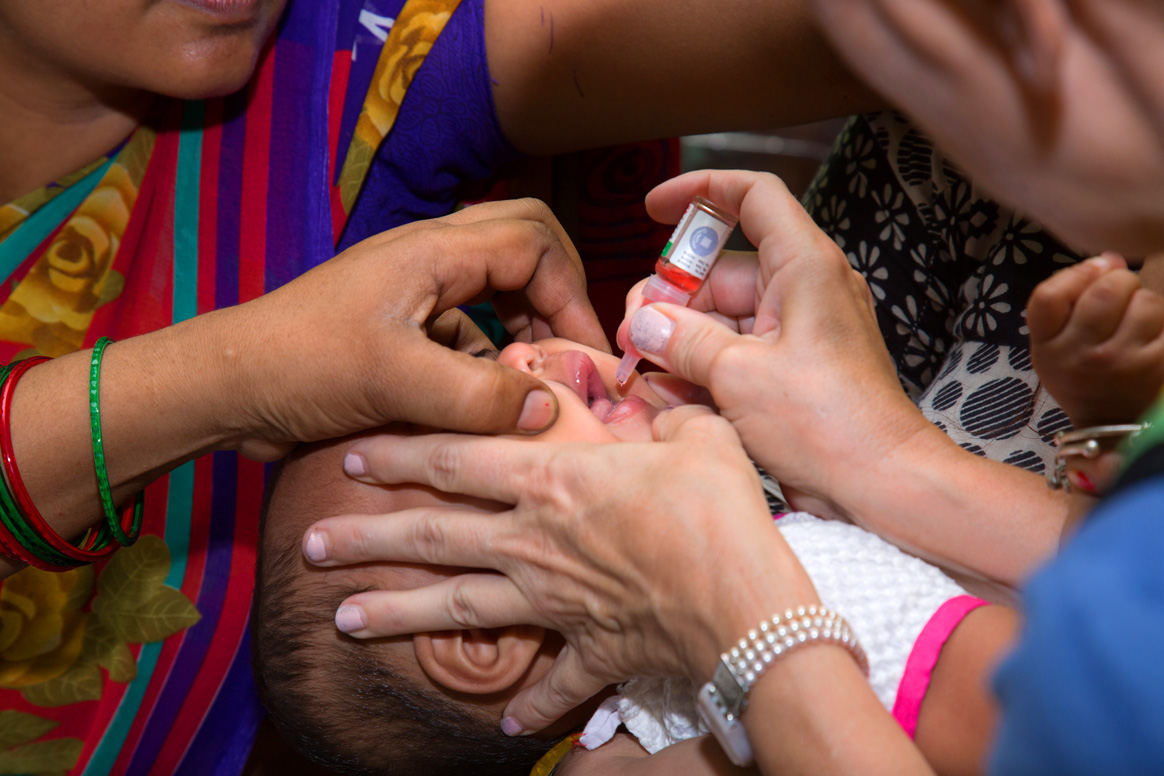
Five core partners— Rotary International, World Health Organization (WHO), Rotary International, the US Centers for Disease Control and Prevention (CDC), United Nations Children’s Fund (UNICEF), and the Bill & Melinda Gates Foundation— 20 million volunteers, over 2.5 billion children vaccinated, and an initiative spanning over 30 years across 200 countries.
These are the impressive numbers, people power, and the resources behind one of the biggest public-private partnerships in history: The Global Polio Eradication Initiative.
But why is polio eradication a global public health cause transcending generations, geographical boundaries, and socio-cultural constructs? Read on:
Poliovirus causes acute, non-persistent infections
The virus causes acute, short term infections, meaning that a person infected with polio can only transmit the virus for a limited amount of time. Prolonged infection with wild polioviruses has never been documented and in most cases infected people can only transmit the virus for 1-2 weeks.
Virus is transmitted only by infectious people or their waste
Some diseases can be transmitted in a multitude of ways, which can make a disease an impossible candidate for eradication. But the poliovirus is typically transmitted just one way: through human waste. Eradicating polio is not an easy task, but the way polio is transmitted simplifies our ability to tackle the disease.
Survival of virus in the environment is finite
Did you know there’s just one strain of wild poliovirus that continues to infect humans? (There used to be three strains of poliovirus that regularly infected humans.) The wild poliovirus cannot survive for long periods outside of the human body. If the virus cannot find an unvaccinated person to infect, it will die out. This is why we have to keep every single child vaccinated—so the virus cannot find any humans to infect. The length of poliovirus survival varies according to conditions like temperature, and the poliovirus infectivity decreases over time.
People are the only reservoir
Hundreds of diseases can be transmitted between insects, animals and humans. One of the things that makes polio eradicable is the fact that humans are the only reservoir. No poliovirus has been found to exist and spread among animals despite repeated attempts to document this.
Immunization with polio vaccine interrupts virus transmission
Not only are there two safe and effective polio vaccines, but vaccination against polio generates herd immunity, which increases the percentage of the population that is immune to the disease.
Mass campaigns using oral polio vaccine, where all children in a specified geographic area are immunized simultaneously, interrupts wild poliovirus circulation by boosting population immunity to the point that transmission of polio cannot be sustained.
But what truly drives our conviction in numbers results. Since the world took up the cause of eradicating polio globally in 1988: we have eliminated polio from 125 countries and reduced the global incidence of polio cases by 99%; and, successfully eradicated certain strains of the virus.
There are now only 3 countries that have never stopped polio transmission. This marathon of a public health endeavour is in the last mile.


